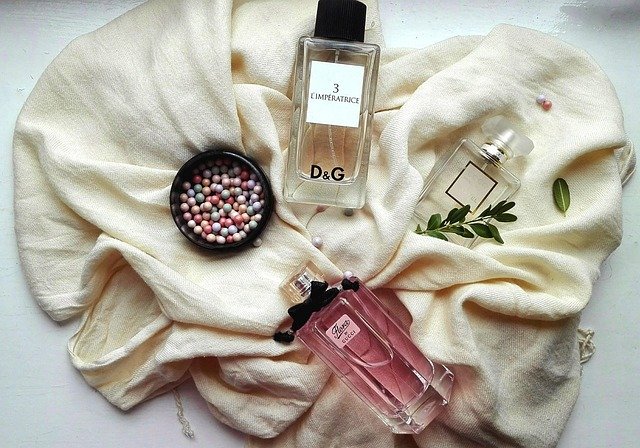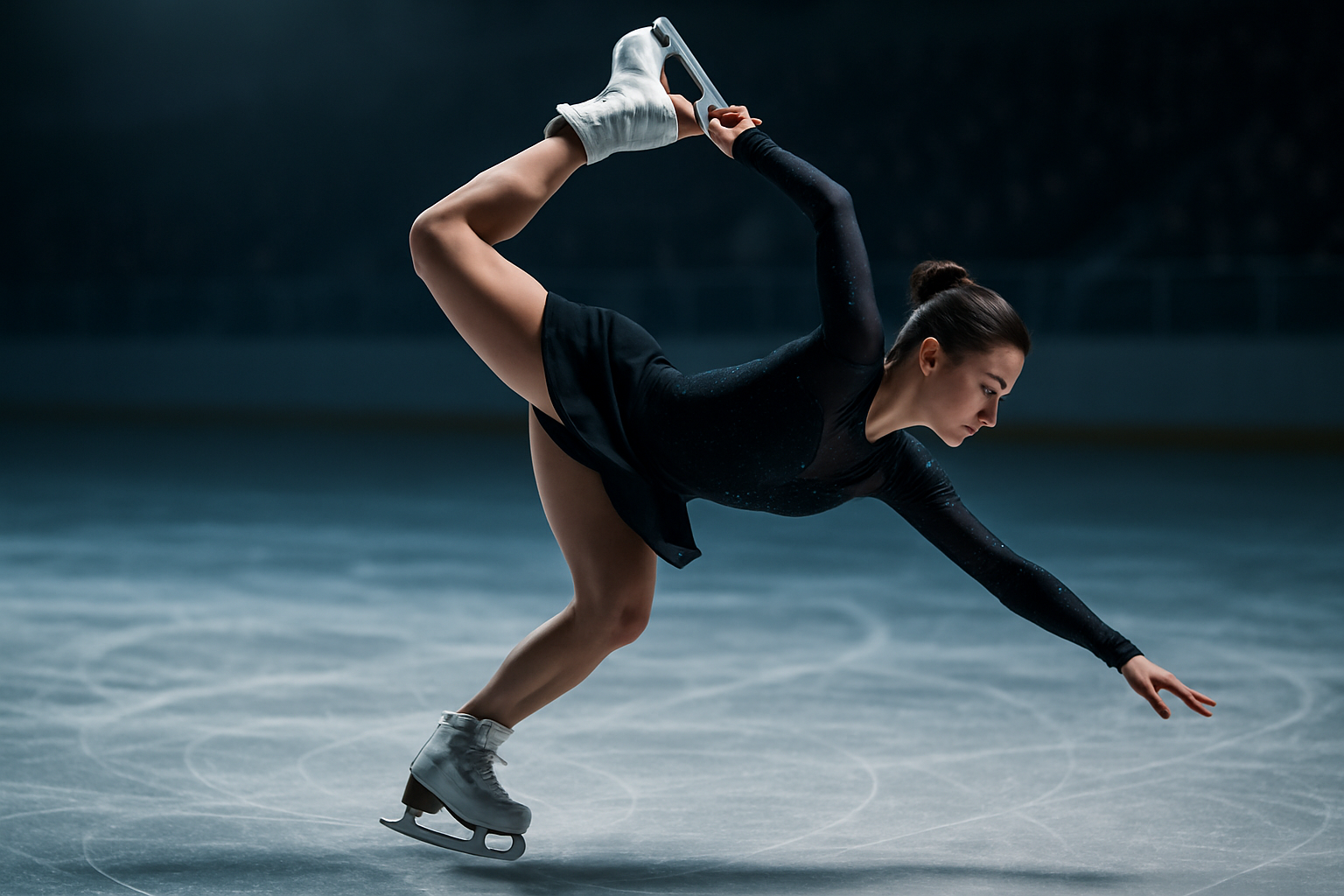Redefining Glamour: The Rise of Inclusive Beauty Standards
The beauty industry has long been criticized for promoting narrow and unrealistic ideals of attractiveness. For decades, mainstream media and advertising predominantly featured a limited range of body types, skin tones, and features, often leaving many individuals feeling excluded and underrepresented. However, in recent years, a significant shift has occurred in the beauty landscape, ushering in a new era of inclusivity and diversity. This transformation is not merely a fleeting trend but a fundamental reimagining of what constitutes beauty in our modern society. As consumers demand more authentic representation and brands respond with expanded product ranges and inclusive marketing campaigns, the very definition of glamour is being rewritten to encompass a broader spectrum of human appearances and experiences.

The Catalyst for Change
The turning point for inclusive beauty came with the rise of social media and digital platforms. These channels provided a voice to previously marginalized groups, allowing them to challenge traditional beauty norms and demand representation. Influencers and activists used their platforms to showcase diverse beauty, creating a groundswell of support for more inclusive standards. This grassroots movement caught the attention of major brands, who began to recognize the untapped market potential of catering to a wider range of consumers.
The Role of Technology in Advancing Inclusivity
Advancements in technology have played a crucial role in the push for inclusive beauty. Improved formulation techniques have allowed cosmetics companies to create products suitable for a wider range of skin tones and types. Artificial intelligence and machine learning algorithms are now being used to develop personalized skincare regimens and makeup recommendations tailored to individual needs. Virtual try-on tools have made it easier for consumers to experiment with different looks, regardless of their physical attributes, further breaking down barriers to inclusivity.
The Economic Impact of Inclusive Beauty
The shift towards inclusive beauty has had a significant economic impact on the industry. Brands that have embraced diversity in their product offerings and marketing strategies have seen substantial growth in market share and customer loyalty. For example, Fenty Beauty, launched by Rihanna in 2017 with a focus on inclusivity, generated over $500 million in its first year alone. This success has prompted other companies to expand their product ranges and rethink their approach to marketing, leading to a more competitive and diverse market overall.
Challenges and Criticisms
While the move towards inclusive beauty has been largely positive, it has not been without its challenges and criticisms. Some argue that brands are merely capitalizing on diversity for profit without making meaningful changes to their corporate structures or practices. Others point out that certain forms of diversity are still underrepresented, particularly when it comes to age, disability, and gender identity. There is also concern that the focus on physical appearance, even if more inclusive, still perpetuates harmful beauty standards and pressures.
The Future of Inclusive Beauty
As the beauty industry continues to evolve, the concept of inclusive beauty is likely to become even more nuanced and comprehensive. Experts predict a greater emphasis on personalization, with products and services tailored to individual needs rather than broad categories. The integration of technology is expected to play an even larger role, with innovations like 3D-printed makeup and smart skincare devices becoming more mainstream. Additionally, there is a growing focus on holistic beauty that encompasses mental and emotional well-being alongside physical appearance.
The Global Perspective on Beauty Standards
It’s important to note that the push for inclusive beauty standards is not uniform across the globe. Different cultures continue to have varying ideals of beauty, and the progress towards inclusivity has been uneven. In some regions, traditional beauty standards remain deeply entrenched, while others are at the forefront of challenging these norms. This global diversity in beauty ideals presents both challenges and opportunities for international beauty brands seeking to navigate different markets while promoting inclusivity.
The Intersection of Beauty and Social Justice
The movement towards inclusive beauty is increasingly being recognized as part of broader social justice efforts. Advocates argue that representation in beauty is not just about aesthetics but about dignity, equality, and human rights. This perspective has led to collaborations between beauty brands and social justice organizations, as well as increased scrutiny of companies’ labor practices and environmental impact. The beauty industry is thus becoming a battleground for larger societal issues, from racial equality to sustainability.
A New Era of Beauty
The rise of inclusive beauty standards represents a fundamental shift in how we perceive and celebrate human diversity. This movement goes beyond mere representation in advertising; it is reshaping product development, marketing strategies, and even the core values of beauty companies. As consumers continue to demand authenticity and inclusivity, the industry will likely see further innovation and evolution. The redefinition of glamour to encompass a wider range of appearances and experiences is not just a trend but a lasting transformation that reflects broader changes in society’s values and aspirations.




